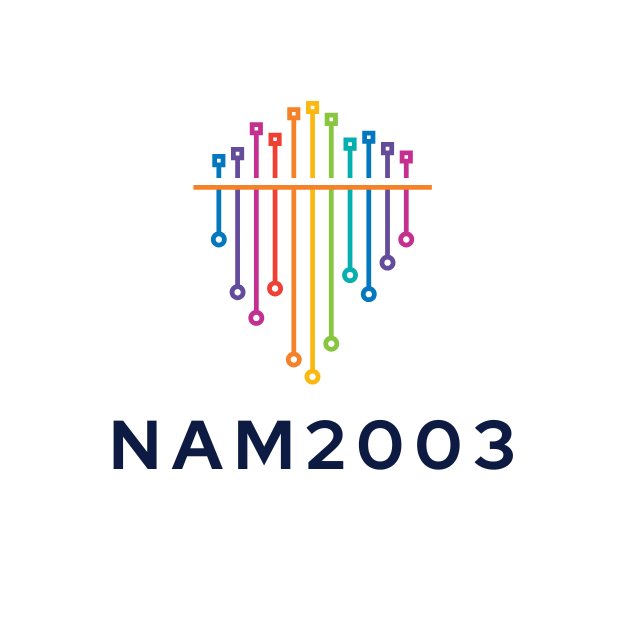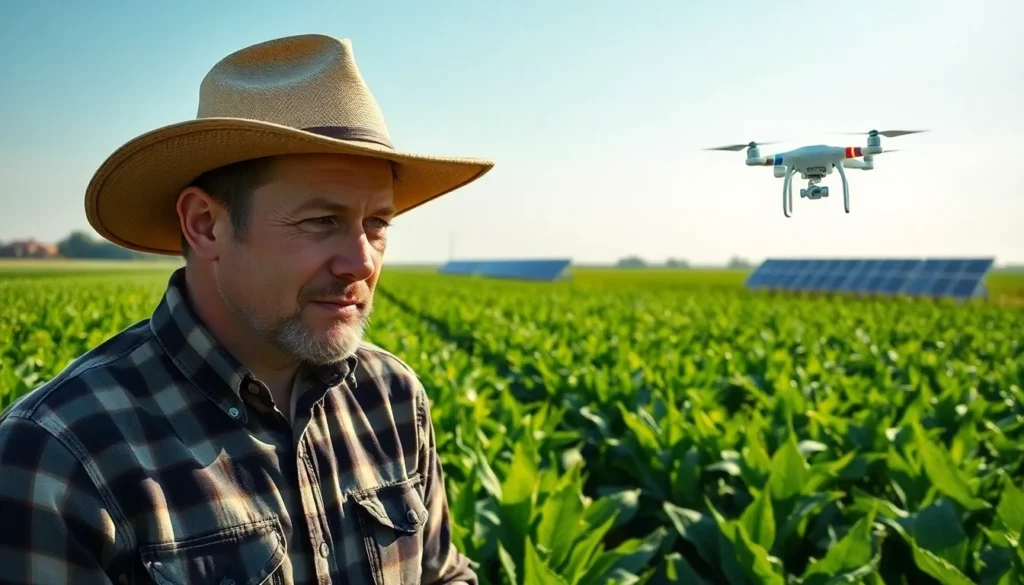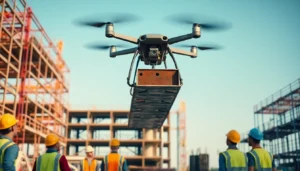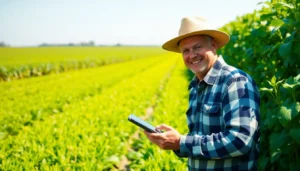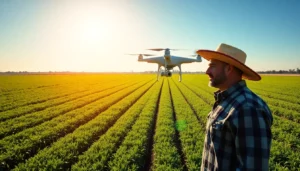Table of Contents
ToggleIn a world where food production often feels like a race against time and nature, sustainable farming technology emerges as the superhero we didn’t know we needed. Picture this: farms that not only grow food but also nurture the environment, all while keeping costs low and yields high. It’s like having your cake and eating it too—if that cake were made from organic, locally sourced ingredients.
Overview of Sustainable Farming Technology
Sustainable farming technology encompasses a variety of practices that aim to optimize agricultural efficiency while minimizing environmental impact. Precision agriculture represents one key area, utilizing GPS and IoT devices. Farmers employ these technologies to monitor crop health, soil conditions, and weather patterns.
Organic farming practices highlight another aspect, relying on natural inputs instead of synthetic chemicals. This approach enhances soil fertility and promotes biodiversity, resulting in healthier ecosystems. Crop rotation and cover cropping also fit into sustainable methodologies, helping prevent soil depletion and control pests naturally.
Renewable energy sources play a significant role in sustainable farming. Solar panels power irrigation systems and other equipment, reducing dependency on fossil fuels. Wind energy can also be harnessed for farm operations, further conserving resources.
Data-driven decision-making offers additional advantages. Smart sensors collect real-time data, allowing farmers to make informed choices that increase productivity while conserving water and nutrients. This shift towards digital farming reduces waste and enhances resource management.
Aquaponics and hydroponics represent innovative growing methods. These systems utilize water-efficient techniques, allowing for year-round production without traditional soil farming. They also minimize land use and can be implemented in urban areas, increasing food accessibility.
Sustainable farming technologies contribute to climate resilience. By adopting these practices, farmers can better adapt to changing weather patterns and mitigate risks associated with climate change. These approaches not only secure food production but also support the health of the planet.
Benefits of Sustainable Farming Technology
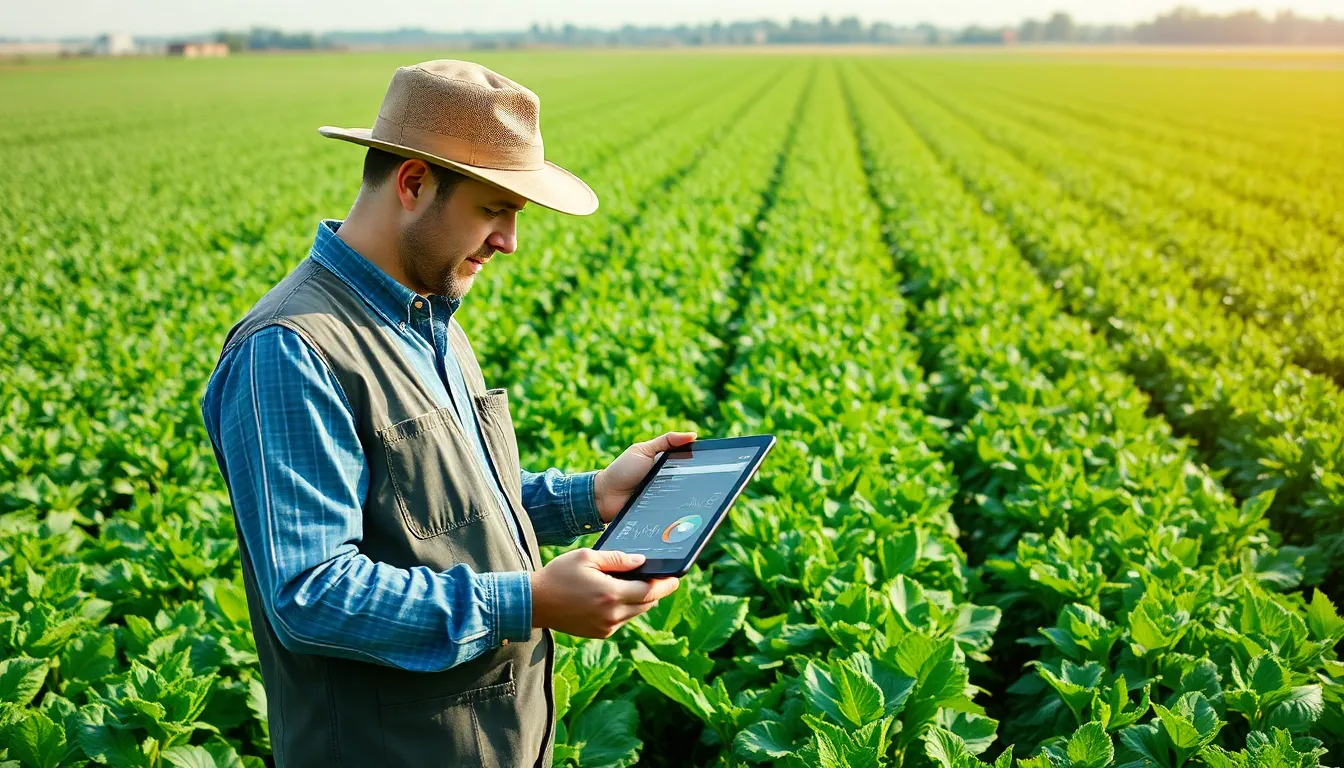
Sustainable farming technology offers numerous advantages for both the environment and the economy. These benefits play a crucial role in enhancing agricultural practices and promoting long-term resilience.
Environmental Impact
Sustainable farming technology significantly reduces carbon footprints associated with traditional farming methods. Precision agriculture minimizes resource waste by optimizing inputs based on real-time data. Organic farming enhances soil health and biodiversity while decreasing chemical runoff. Crop rotation enriches soil and lessens pest emergence, promoting healthy ecosystems. Renewable energy sources like solar and wind contribute to less reliance on fossil fuels, decreasing greenhouse gas emissions. Water-efficient growing methods like hydroponics conserve water while maximizing yields, highlighting the synergy between food production and natural resource preservation.
Economic Advantages
Sustainable farming technology leads to cost savings through efficient resource management. Data-driven practices enable farmers to make informed decisions, reducing input costs and improving crop yields. Lower dependency on synthetic fertilizers and pesticides results in decreased operational expenses. Increased market demand for organic products often leads to higher prices, enhancing profit margins. Investment in technology can also increase productivity, ensuring farmers remain competitive. In urban settings, innovative techniques like vertical farming provide new revenue streams by capitalizing on local markets. These economic advantages reinforce the importance of sustainable practices in modern agriculture.
Key Technologies in Sustainable Farming
Sustainable farming relies on innovative technologies that enhance efficiency and environmental health. These key technologies pave the way for increased productivity while minimizing ecological impact.
Precision Agriculture
Precision agriculture utilizes advanced technologies like GPS and IoT devices. Farmers monitor crop health, soil conditions, and weather patterns in real-time. Data-driven insights enable tailored resource application, which optimizes yields. This approach significantly reduces waste and ensures sustainable practices. Real-time analytics empower farmers to make informed decisions, boosting both productivity and sustainability.
Vertical Farming
Vertical farming maximizes space by growing crops in stacked layers or vertically inclined surfaces. These systems often use controlled environments, which minimize water usage and maximize yield. LED lighting and climate control technologies create optimal growth conditions. Such setups can exist in urban areas, reducing transportation emissions. The method not only conserves land but also provides fresh produce to local communities, enhancing food security.
Aquaponics and Hydroponics
Aquaponics combines fish farming and plant cultivation in a symbiotic environment. Fish waste provides nutrients for plants, while the plants purify the water for fish. Hydroponics, on the other hand, grows plants in nutrient-rich water without soil, using up to 90% less water than traditional farming. Both methods enable urban food production and can be implemented in limited spaces. These innovative approaches reduce reliance on arable land, addressing food scarcity in growing populations.
Challenges in Adopting Sustainable Farming Technology
Adopting sustainable farming technology presents several challenges that can hinder implementation. Identifying and addressing these obstacles is essential to maximize the benefits of innovative agricultural practices.
Financial Barriers
Financial barriers frequently hinder farmers from investing in sustainable technologies. Initial setup costs for advanced systems like precision agriculture and renewable energy sources can be prohibitively high. Traditional funding methods often lack sufficient support for these innovations. Many farmers rely on bank loans, but lenders may perceive sustainable practices as risky investments. This situation creates a gap in funding opportunities, discouraging the adoption of beneficial technologies. Grant programs and subsidies may alleviate some financial pressures, creating more accessible pathways for farmers.
Knowledge and Training Gaps
Knowledge and training gaps can significantly impact the effective use of sustainable farming technologies. Farmers may lack awareness of the potential benefits and applications of innovative practices. Limited access to training resources further exacerbates this issue, preventing them from fully embracing new methods. Cooperation with educational institutions can help bridge knowledge gaps by providing tailored training programs. Workshops and hands-on experiences could enhance understanding of technologies like aquaponics or vertical farming. Increased knowledge empowers farmers to make informed decisions and increases adoption rates of sustainable practices.
Future Trends in Sustainable Farming Technology
Sustainable farming technology continues to evolve, driving significant changes in agricultural practices. Innovations on the horizon promise to enhance efficiency and productivity while further protecting the environment.
Innovations on the Horizon
Smart robotics and automation play critical roles in future sustainable farming. Drones equipped with advanced sensors allow for precise crop monitoring and data collection. Vertical farms utilize artificial intelligence to optimize growing conditions and resource use. Biodegradable materials for packaging and pest control will help minimize the environmental impact. Genetic editing technology, like CRISPR, enables the development of crops resistant to diseases and climate stresses.
Policy and Support Mechanisms
Government incentives are essential for supporting sustainable farming initiatives. Grants and subsidies can help farmers offset the initial costs of adopting new technologies. Collaborative programs between governments and educational institutions enhance training resources for farmers. Community-supported agriculture promotes local markets and encourages sustainable practices. Additionally, policies integrating sustainability into national agricultural strategies will foster long-term growth in the sector.
Sustainable farming technology represents a pivotal shift in agriculture that balances productivity with environmental stewardship. By embracing innovations like precision agriculture and renewable energy, farmers can enhance their yields while reducing their ecological footprints. The integration of smart technologies not only optimizes resource use but also fosters resilience against climate change.
As the industry faces challenges in adopting these practices, collaboration and education will be key to overcoming financial and knowledge barriers. With continued support from government initiatives and educational programs, the future of sustainable farming looks promising. This approach not only secures food production but also nurtures the planet for generations to come.
